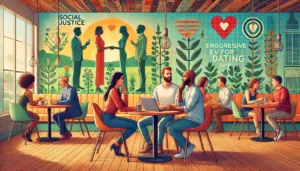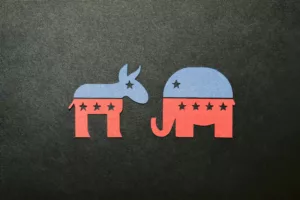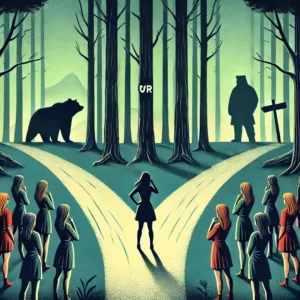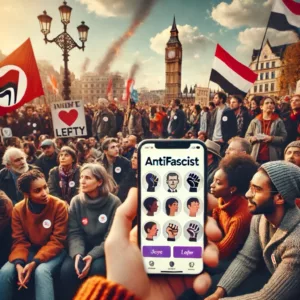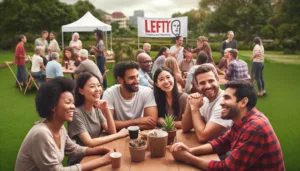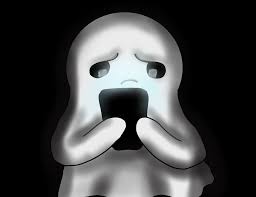What is Intersectional Feminism?
Intersectional feminism is a term that was coined by Kimberle Crenshaw in 1989. It refers to the intersections of identity and oppression, and how those intersections affect people differently based on their identities. The three main components of intersectional feminism are:
Intersectionality–the idea that we experience oppression in different ways depending on our identities (race, class, gender etc.).
Intersecting Systems–the ways that institutions like capitalism reinforce each other so that they work together to oppress certain groups of people while privileging others (for example how capitalism relies on racism).
Identity Politics–identity categories like race, class or gender aren’t just personal traits but also social ones which determine how you’re treated by society at large
Intersectionality and Identity
Intersectionality is the idea that an individual’s various identities intersect to create a unique experience of oppression. The term was coined by legal scholar Kimberle Crenshaw, who used it to describe how race and gender are often inseparable in our society. For example, a black woman might experience racism as well as sexism or misogyny; neither of these experiences would be possible without the other.
It’s important to recognize that intersectionality isn’t just about identity–it also refers to how those identities affect people differently depending on their other characteristics (such as class). In addition, it helps us understand how oppression works across different spheres: for example, if we want equality between men and women but don’t address race issues at all then we’re ignoring part of what makes up inequality today!
Systems of Oppression
Intersectionality is the idea that oppression can be layered and intersecting. Oppression is a system of power that privileges some people over others based on their identity, including gender identity and expression, race/ethnicity, sexual orientation, ability status and class. For example: A woman who is also a person of color may experience oppression differently than a white woman because she has an additional marginalized identity.
A common way to think about intersectionality is through the metaphor of traffic lights–red represents danger or harm; yellow represents caution; green means go ahead safely (or “go” if you’re not into metaphors). In this metaphor, each light represents an aspect of someone’s identity (a group they belong to) while also representing how those aspects interact with one another when they come together as part of their whole self–for instance: If you’re black and female then your experience will likely be different than if you were just black or just female because those two identities interact together in order for them both exist simultaneously within one person’s life experience(s).
Intersectional Feminism and Activism
Intersectional feminism is a movement that seeks to address the ways in which various forms of oppression intersect with one another, such as racism and sexism. Intersectional feminism recognizes that oppression can take many forms and often manifests in unexpected ways. For example, a woman who is also a person of color may experience sexism differently than a white woman; likewise, a cisgender man will experience misogyny differently than an intersex person or transgender man (or vice versa).
Intersectionality was first introduced by Kimberle Crenshaw in 1989 as part of her work on anti-discrimination law at UCLA Law School.[1] She defined it as “the study of how different experiences of race, class, gender and sexuality interact with one another.”[2] Since then, scholars have expanded upon this definition by exploring how other identities (such as disability status) interact with these categories to create unique forms of oppression.[3]
Intersectional Feminism and Education
Intersectional feminism is a movement that seeks to address the intersections of oppression and privilege, particularly as they relate to gender, race, class and sexuality. Intersectionality is the idea that different forms of oppression are interconnected and cannot be examined separately from one another. For example: if you are a woman who is also a person of color (POC), then your experience as a POC will be different from someone who is not also female; this difference can’t be separated out from your experience as a woman because both identities intersect with each other in multiple ways.
In order for us to truly understand intersectional feminism we must first understand what it means for something or someone to be “intersectional.” This term refers specifically “to how various social categories such as race/ethnicity; nationality; gender; sexual orientation etcetera interact on multiple levels within society”. In other words, when we say something is “intersectional,” we mean there are many different aspects at play when considering an individual’s identity–and these factors may create additional challenges depending on how they intersect with one another.



